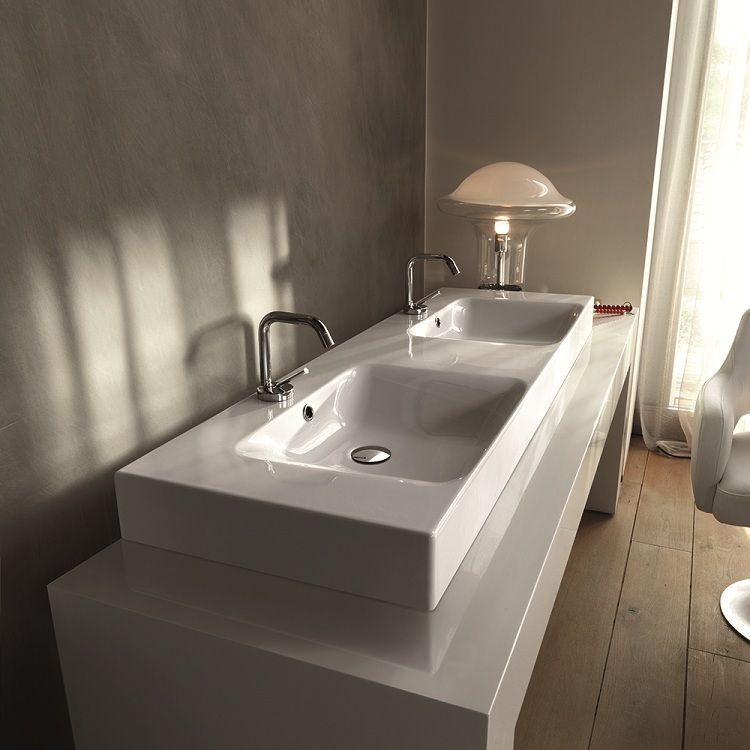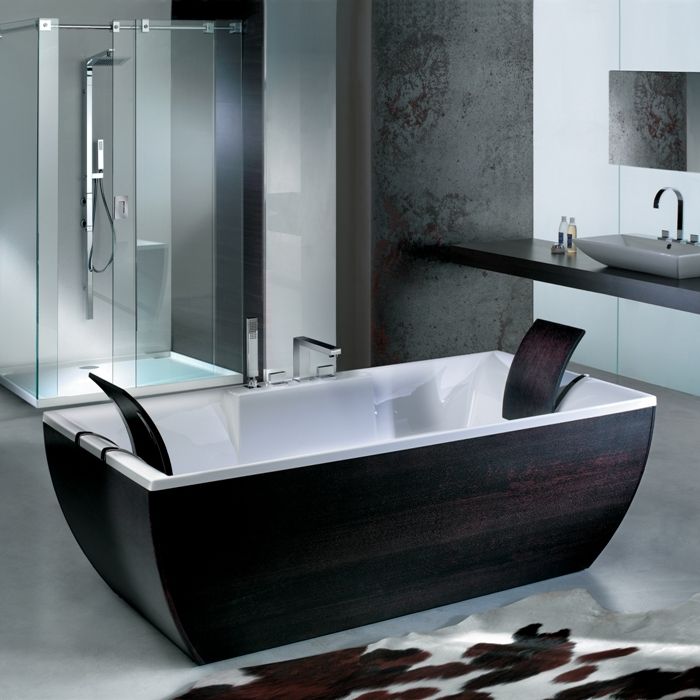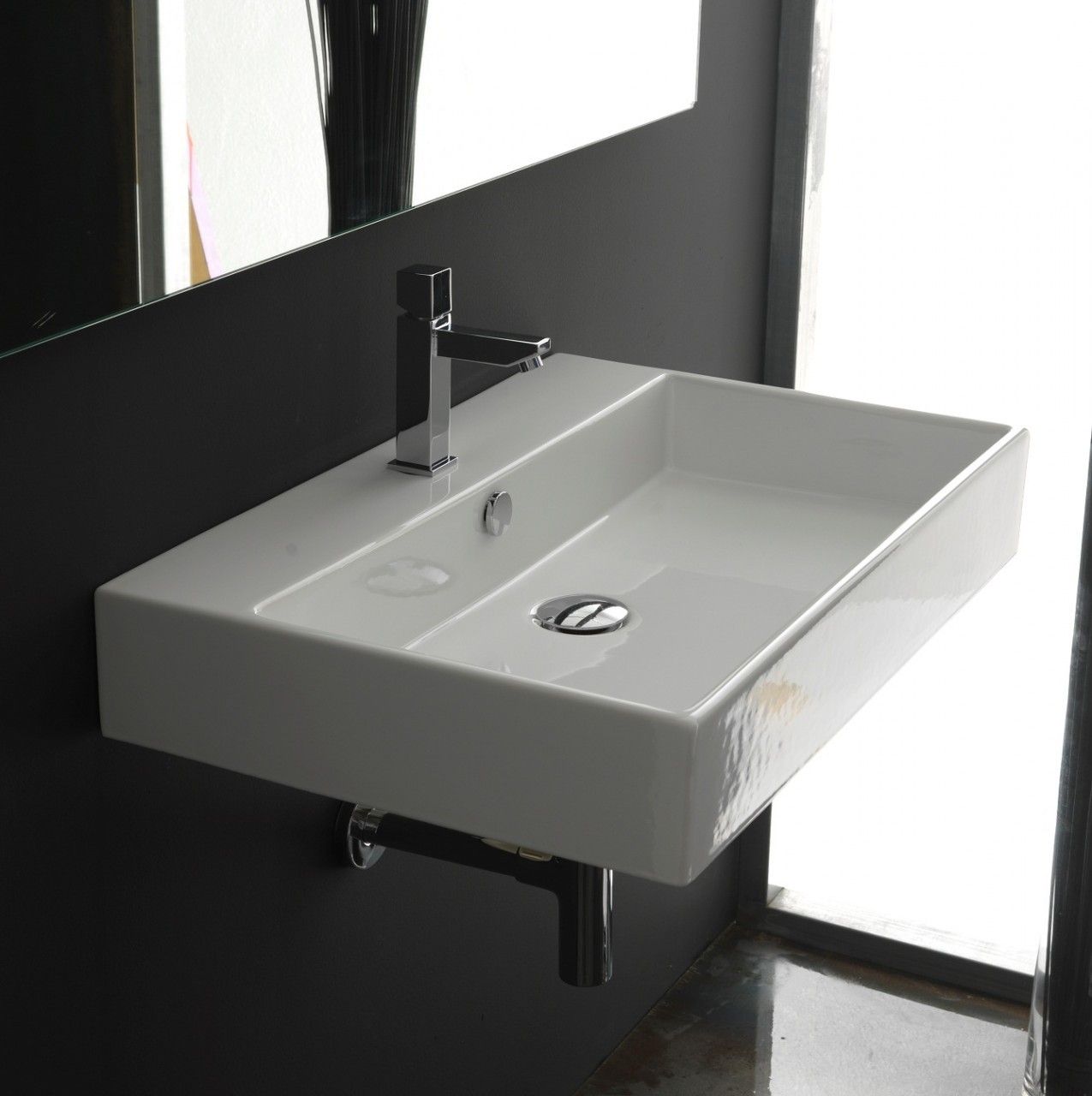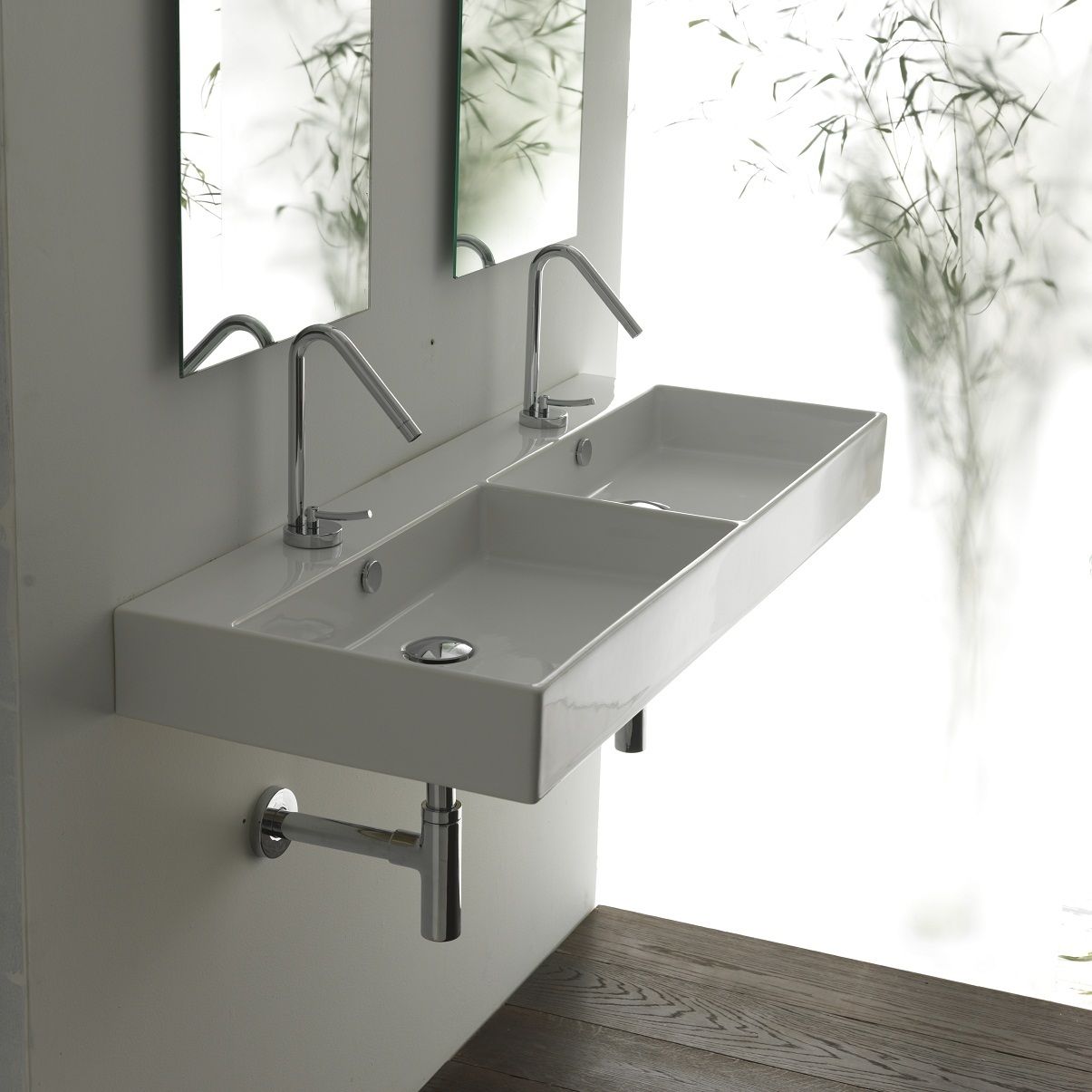Bathroom renovations are needed for a long term commitment to a home. They refresh a bathroom design while improving functionality and quality. In the bathroom remodeling industry, there is a general rule in terms of how often you should remodel your bathroom design. The general rule is that a bathroom remodel or renovation needs to be done every 10 years. However, is this still true in 2021? This guide will go over whether or not this rule still applies today and anything you may need to know.
Why the 10 Year Bathroom Renovation Rule in the First Place?
This rule has been used in the bathroom industry for years. It has been followed in general, mainly to keep a bathroom functional and comfortable. The lifespan of several bathroom elements is quite long today, but not so much in the past. For example, bathroom faucets have come an incredibly long way in terms of quality. Leaky faucets were common in years past. However, they have advanced greatly in order to help prevent leaks and other issues.
In addition to less than optimal fixtures, other elements are responsible for bathroom updates as well. For example, about every 10 years, trends change in bathroom design. Sometimes, it can be more or less than 10 years. Many interior designers would say it is important to keep your bathroom up to date with trends for several reasons. Technology, new finishes, more durable fixtures and new styles come and go. Due to all these factors, the 10 year bathroom renovation rule has become very familiar in the remodeling industry.
Is the 10 Year Bathroom Renovation Rule Applicable Today?
To answer this question, several things need to be taken into account. First of all, we need to look at how much bathrooms and bathroom design have progressed through the years. As mentioned above, bathroom tech and design has evolved rather rapidly when you look at the big picture. At this point in time, bathroom designers can expertly optimize a bathroom with both of these elements. With that being said, how long do these renovations last in today’s homes?
This question can be looked at in a few different ways. First of all, it can be looked at as a strict full bathroom renovation every 10 years. Secondly, it can be looked at as a partial remodel. Thirdly, it can simply be some bathroom fixture replacements. The rest of this guide will go over each of these in detail to know whether or not the 10 year renovation rule is still the best option to consider.
How Bathroom Materials Have Evolved
One of the most important elements of a durable bathroom design is the materials used. This includes the materials used in both the foundation of the area as well as the fixtures and accessories used. One of the most common materials in a bathroom for the past several decades is ceramic. Ceramic is mainly used in bathroom fixtures such as toilets and bathroom sinks. Another material that has been used in the bathroom for years is solid brass. In bathrooms today, both of these materials are still commonly used.
Cultured marble is an example of a material used in the 1970’s that is no longer a main consideration in bathrooms. This is due to the fact that it got scratched and damaged relatively easily over time. Ivory and pastel toilets were commonly used as well in the 1930’s. These materials, as well as several others, have been outclassed by more efficient materials. In bathrooms today, materials revolve around price and build. Materials such as ceramic and different metals have been optimized to increase bathroom longevity.
Bathroom Fixtures - Then and Now
When it comes to the staple bathroom fixtures, several changes have been made throughout the years. The ten year bathroom renovation rule revolves around the notion that after ten years, your fixtures will not be as functional as when first purchased. Although this is certainly true, the extent is what needs to have a second look. Below is a quick guide on each bathroom fixture and how it has improved through the years up to this point.
Bathroom Sinks Have Become Streamlined
Years ago, bathroom sinks were made of different materials than today. Some of these materials are still used today, they are just not as common. These materials are porcelain and cast iron, among others. Although these materials are still used in bathroom sinks today, several other materials improve the quality, comfort and durability of the fixtures. Materials such as ceramic are amazing for both the health and durability of the bathroom sink. Other materials such as crystals are being used in beautiful vessel bathroom sinks.
In addition to the materials used in bathroom sinks, they also look much different in terms of design. Vintage bathroom sinks still have a place in bathrooms today. However, more modern designs are becoming much more popular. For example, thin edged bathroom sinks with sleek rectangular bodies are very attractive in 2021. 40 or 50 years ago, vintage bathroom sink designs were much more commonly used. Though both designs are good, modern bathroom sinks are definitely making a surge in popularity.
Bathroom Faucets Have Improved on Cleanliness and Functionality
One of the most improved bathroom fixtures over the years is the bathroom faucet. Bathroom faucets are very important for designs, especially commercial bathrooms. A few decades ago, faucets were mainly handle or knob operated. Although this is still the case today in home bathrooms, commercial bathrooms now use sensor technology. This is very important for the cleanliness of the area. In addition, they are pretty much standard in commercial bathrooms at this point.
In terms of build quality, several things have improved. Today, most faucets are made of some type of metal. Solid brass is one of the best materials to use in a faucet due to the amazing durability. In past years, faucets would be made of cast iron or even porcelain, along with brass as well. In terms of plating and finishes, many design changes have been made. Chrome and stainless steel are classic. Other finishes such as matte black and matte white have seen a surge in use however.
The Shower Area Has Improved Significantly
A high quality shower needs to optimize both comfort and cleanliness. Over the years, this has been improved greatly. Years ago, showers were commonly combined with a bathtub. Although this is still quite common today, the shift to a single shower is quickly growing. In addition, showers used to be fairly standard. In most cases, it was simply a shower head, valve and the shower are itself. Now, showers offer several new features that improve longevity and comfort in a shower area.
In terms of shower technology, many improvements have been made. For example, temperature control has become much more simple to adjust. Some showers now have touch screens or similar tech elements. In addition, shower heads are much more versatile. Rain shower heads, adjustable spray patterns and hand showers are some of the modern upgrades made to showers today. In addition, the overall shower area is simply more durable as a whole.
The Overall Foundation of the Bathroom Design
Aside from bathroom fixtures, it is important to understand the evolution of the foundation of a bathroom. In general not too much has changed in terms of materials used in the designs. However, the quality of these materials has increased rather significantly. New coatings and treatment methods have drastically increased the lifespan of certain materials. For example, ceramic, wood and stone are being treated to thrive in bathrooms for up to 50 years. Of course, this is much longer than the 10 year recommendation for renovation.
Flooring is also incredibly important to take into account. Bathrooms will have one of several types of flooring. Tile is very common in most designs. This is one of the best options due to the resistance to water as well as the various design options. Tile, concrete, stone and ceramic are common flooring materials that have been used in bathrooms for years. These materials have stood the test of time and are recommended for future bathroom renovations.
How Long Do Most Modern Bathroom Fixtures Last?
Now that the materials of modern bathroom fixtures have been covered, how long will they last? For each fixture, it will be a bit different depending on what is being looked at. For example, take bathroom sinks. In today’s bathrooms, a high quality bathroom sink can last up to 50 years depending on the material. On the other hand, some aspects of a bathroom have much shorter lifespans. The replacement cycle of a shower head is about 6 to 12 months, or about once or twice a year. As you can see different bathroom fixtures will need to be replaced at different points in their lifespans. Due to this, it is hard to pinpoint when exactly a bathroom renovation will be necessary.
The 10 Year Bathroom Renovation Rule. Should You Follow It?
After reviewing all of the factors that go into a bathroom design, an average remodel period can be determined. Different elements of a bathroom last longer than others. Several things must be taken into consideration. Here are the three main factors as to what affects the overall lifespan of a bathroom design.
- Materials Have Improved - In general, almost every common bathroom material has improved in some way through the years. Materials such as ceramic, stainless steel, MDF fiberboard and other materials have greatly improved bathroom longevity.
- Technology is Better - Various methods of technology have been used to improve the bathroom as a whole. This can come in many forms, including shower systems, vanity items and many other aspects of a design.
- Bathrooms are Optimized - As the years go on, bathrooms have always improved. Due to this, it is much more likely for them to last longer than the years prior. This goes for layout, tech and each other element of the design.




